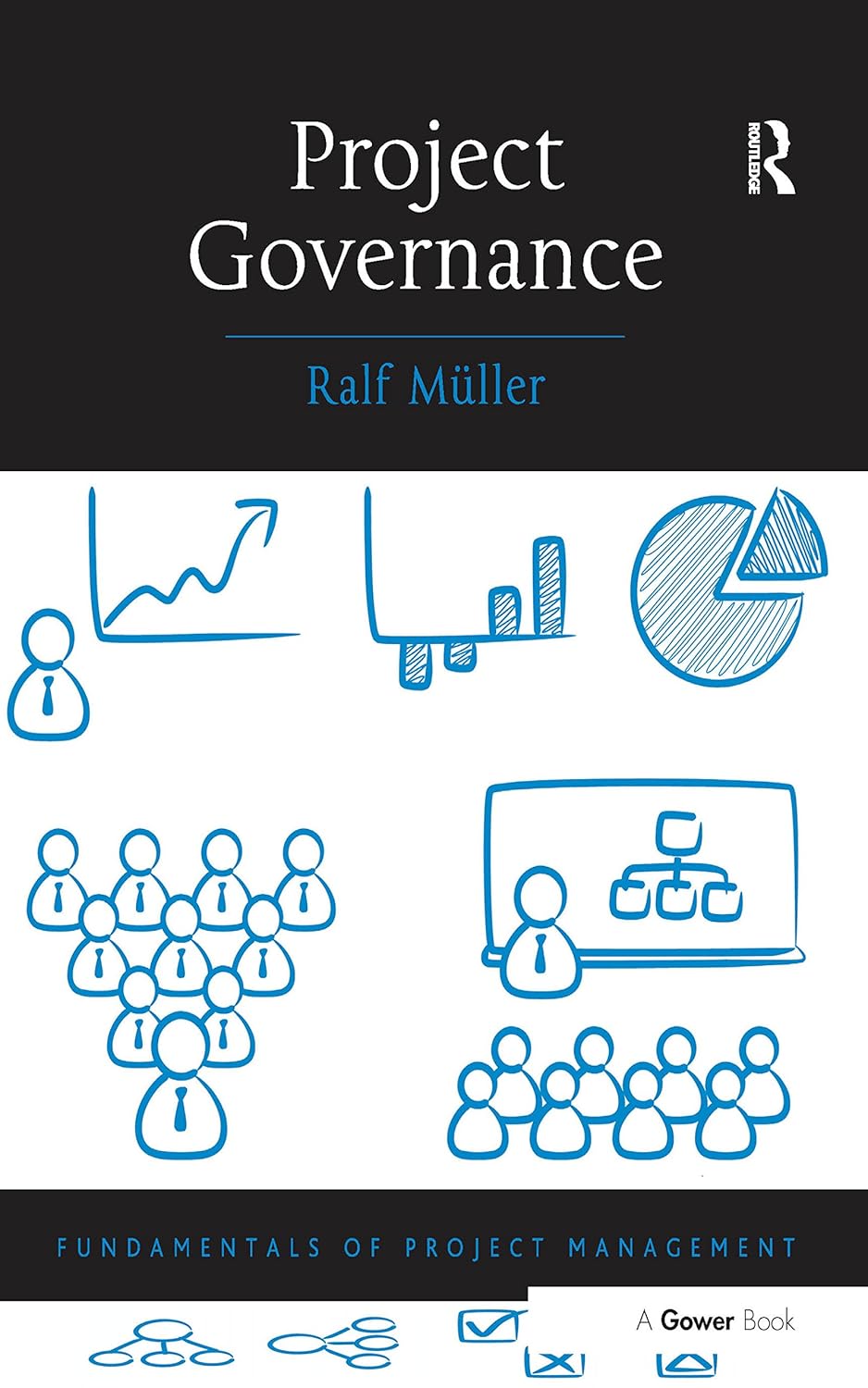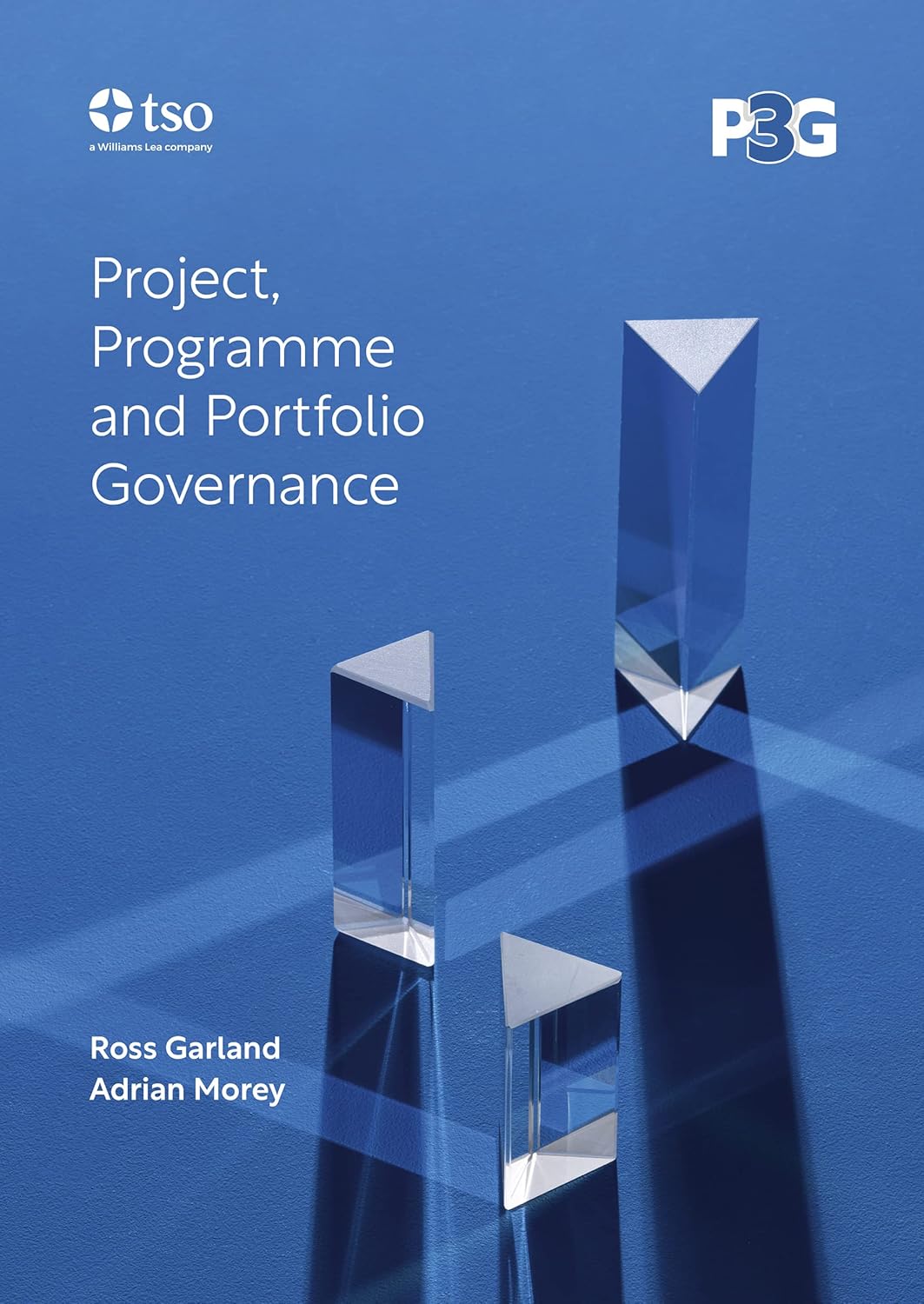
Project Governance
What is Project Governance?
Project governance is the framework that guides decision-making, accountability, and control within a project. It outlines how one sets project objectives, defines roles, and monitors performance to ensure alignment with broader organizational goals. This governance model clarifies who is responsible for what, how decision-makers make decisions, and how managers manage project risks and issues. It also supports transparency and consistency throughout the project lifecycle and helps stakeholders maintain control over resources, timelines, and deliverables.
Effective governance is essential in complex or high-value projects involving multiple stakeholders and cross-functional teams. It also enables project leaders to align efforts with strategic priorities while managing change, scope, and stakeholder expectations. Project governance safeguards against misalignment and inefficiencies that can jeopardize project success.
Key Points
- Defines the decision-making hierarchy and lines of accountability within a project
- Ensures that the project aligns with the strategic objectives of the organization
- Establishes governance bodies, such as steering committees or project boards
- Supports risk management, quality assurance, and resource oversight
- Encourages stakeholder engagement through clear communication and reporting structures
Related Terms
- A governance framework provides the overarching structure that guides how project governance operates within an organization.
- A project board plays a central role in governance by overseeing progress and approving key decisions.
- The project sponsor is accountable for ensuring the project remains aligned with business goals and benefits from effective governance.
- Stakeholder management is critical to governance as it ensures the right people are informed and involved at key points.
- A project charter often outlines the initial governance approach and defines high-level roles and responsibilities.
Project Governance: Example
A municipal government launches a new infrastructure project to build a light rail system. To ensure oversight, the municipal government forms a project board that includes representatives from city planning, transportation, finance, and community stakeholders. This board meets monthly to review progress, approve funding releases, and manage risks. The governance framework includes escalation paths for issues and formal review points to ensure the project aligns with the city’s strategic transportation plan.
Project Governance: Best Practices
- Define clear roles and responsibilities early in the project.
- Establish consistent reporting and communication channels.
- Align governance with organizational policies and strategic objectives.
- Ensure regular oversight through structured meetings and checkpoints.
- Review and adapt governance processes based on project complexity and stakeholder needs.
Additional Resources
Preparing for a PMI certification?
- Exam Prep Courses: PMP®, CAPM®, and PMI-ACP®
- Exam Simulators: PMP®, CAPM®, PMI-ACP®, PMI-PBA®, PMI-RMP®, PMI-SP®, PgMP®, and PfMP®
- Professional Development Units (PDUs): 15, 30, and 60 PDU Bundles




